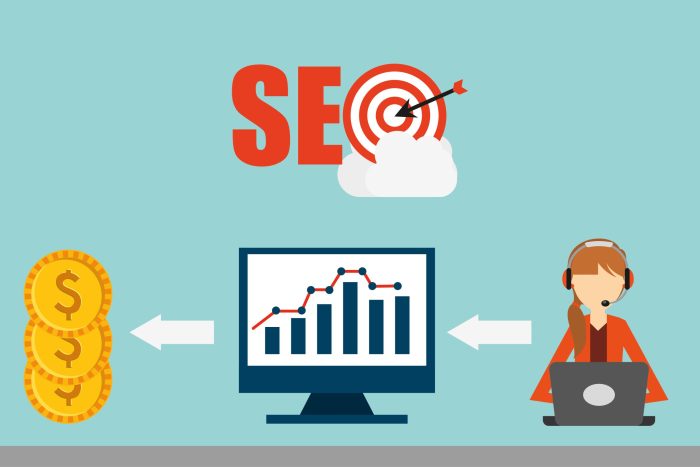Bounce Rate Optimization: Key Strategies to Reduce User Drop-Off

Let’s talk about the bounce rates. You know, that percentage in your Google Analytics dashboard that’s been staring you down, whispering, “Why are people leaving my website so quickly?”
If you’ve ever felt the disappointment of a high bounce rate, you’re not alone. It’s a big challenge that many website owners face. But don’t worry—you’re about to get some actionable strategies to keep users sticking around longer and reduce the Bounce Rate.
What Exactly Is Bounce Rate?
Before we dive in, let’s clear up what bounce rate actually means. In simple terms, it’s the percentage of visitors who land on a page and leave without taking any further action—no clicks, no scrolling, nada.
A bounce isn’t always bad (more on that later), but when it’s happening too often, it’s worth investigating.
Think of your website like a party. A high bounce rate is like guests showing up, taking one look around, and heading for the door. Ouch, right? So, how do you make your “party” more inviting?
Why Do Visitors Bounce?
Visitors might leave your site for a variety of reasons. Here are some common culprits:
1. Slow Loading Times
Imagine waiting forever for a website to load. Frustrating, isn’t it? Studies show that 53% of mobile users abandon a site that takes more than three seconds to load.
2. Poor Design:
If your website looks like it’s stuck in 2005, users might not stick around. Modern, user-friendly design matters.
3. Irrelevant Content:
If visitors don’t find what they’re looking for right away when they land on the website, they’ll leave the website faster.
4. Pop-up Overload:
Nobody likes being bombarded with pop-ups the second they arrive. It’s like walking into a store and getting cornered by overzealous salespeople.
Strategies to Optimize Bounce Rate
Now that we’ve identified some issues, let’s talk about solutions. Here’s how you can turn those fleeting visits into meaningful engagements:
1.Speed Up Your Site
Users value their time. If your site takes too long to load, they’ll move on—simple as that. Use tools like Google PageSpeed Insights or GTmetrix to identify bottlenecks. Compress images, enable browser caching, and minimise your CSS and JavaScript files.
Case in point: A client’s website I worked on had a 70% bounce rate. After optimizing their page speed, it dropped to 45% within a month. It’s like giving your website a caffeine boost!
2. Make Navigation Intuitive
Visitors shouldn’t feel like they need a map to find what they’re looking for. Clear menus, logical page structures, and an easily accessible search bar can make all the difference.
3. Craft Engaging Content
Your content should hook readers from the get-go. Start with an attention-grabbing headline, use subheadings to break up text, and include visuals to keep things interesting. Think of your content as a conversation—write like you’re speaking directly to your reader.
4. Prioritize Mobile Optimization
More than half of all web traffic comes from mobile devices. If your site isn’t mobile-friendly, you’re essentially turning away a massive chunk of your audience. So, it’s important to have a mobile-friendly website design. Test your site on various devices and ensure it’s responsive.
5. Use Exit-Intent Pop-ups Wisely
Okay, pop-ups can be annoying, but hear me out. When used thoughtfully, exit-intent pop-ups can re-engage users. Offer a discount, free resource, or newsletter signup—something valuable that makes them think twice about leaving.
6. Ensure Content Relevance
Match your content to user intent. If someone lands on a page expecting a solution to their problem, deliver it immediately. For instance, if your keyword is “vegan dessert recipes,” don’t write an essay on the history of veganism before sharing the recipes. Get to the good stuff!
7. Incorporate Interactive Elements
Want to keep visitors engaged? Add interactive elements like videos, quizzes, polls, or calculators. For example, a fitness website could include a calorie calculator, giving users a reason to stay longer and interact with the content.
8. Leverage Internal Linking
Guide your visitors to other relevant pages on your site with clear and compelling internal links. If someone is reading about beginner yoga poses, suggest a link to your blog post on yoga benefits. It’s like providing a well-marked path for a leisurely stroll.
9. Analyse and Optimize Call-to-Actions (CTAs)
Sometimes, users bounce because they’re not sure what to do next. Ensure your CTAs are clear, compelling, and well-placed. Use action-oriented language like “Get Started” or “Claim Your Free Trial.”
Measure Bounce Rate Optimization Success
Improving your bounce rate isn’t a one-and-done deal. Monitor your Google Analytics data regularly to see what’s working and what’s not.
Google Analytics can also help you track user behaviour on the website, such as entry-exit points. You can also get the areas for improvement.
Pay attention to metrics beyond bounce rate as well. Are users spending more time on the page? Are they visiting additional pages? These indicators provide a fuller picture of engagement.
Also, remember to set realistic goals. If you’re running a blog, a 70% bounce rate might be perfectly normal because readers often consume content and leave. Context is key.
When Is a High Bounce Rate Okay?
Not all bounces are bad. For instance, if your site delivers exactly what users need—like a download resource or a contact number—they might leave satisfied. That’s a win, right?
The important thing is to understand the difference between these intentional bounces and problematic bounces. If your site meets users’ needs, a high bounce rate might not be an issue at all.
Final Thoughts
Reducing your bounce rate takes effort, but the payoff is worth it. Think of it as fine-tuning your website to be the best version of itself. It’s a win for everyone when visitors stay longer, engage more with the content, and then convert.
So, what’s your next step? Dive into your Google Analytics data, identify problem areas, and start making changes wherever needed. Your bounce rate won’t fix itself, but with the right strategies, as explained above, you’ll be hosting a party your visitors won’t want to leave.
Still not sure how to improve the bounce rate? Partner with the leading social media agency in Abu Dhabi and take your digital presence to the next level!

